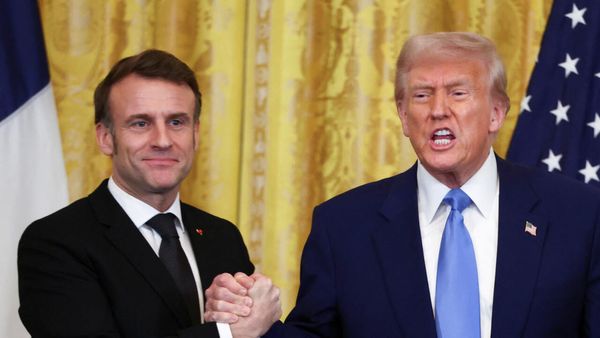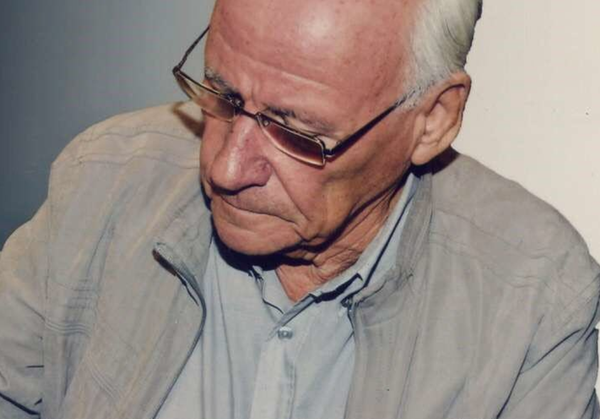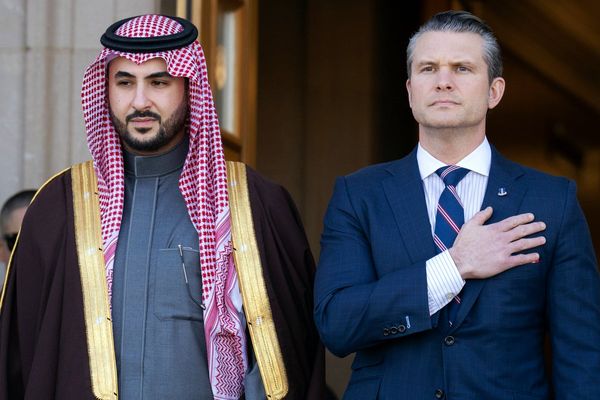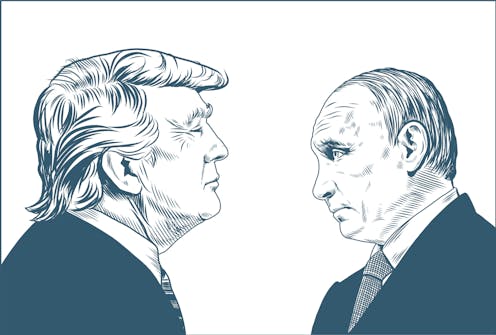
The new US president, Donald Trump, has only been in office for a few days, but he has already changed his tune on the war in Ukraine. Trump has long spoken of his desire to end the war, and on the campaign trail even announced that he could stop the conflict within 24 hours of taking office.
This has not happened, and Trump did not even mention Ukraine in his inauguration speech. But speaking to reporters shortly afterwards, Trump stated that the war was costing Russia’s president, Vladimir Putin, more than he was gaining from it.
“He can’t be thrilled, he’s not doing so well,” Trump said. He then criticised Putin’s leadership. “Russia is bigger [than Ukraine], they have more soldiers to lose, but that’s no way to run a country,” Trump remarked.
The following day, in a post on his Truth Social site, Trump went even further. “If we don’t make a deal [to end the war], and soon, I have no other choice but to put high levels of taxes, tariffs, and sanctions on anything being sold by Russia to the US, and various other participating countries”.
Anyone who has been following the war in Ukraine will be aware that Trump’s predecessor, Joe Biden, had been doing many of these things already. His administration prohibited the import of virtually all Russian products and had imposed widespread sanctions on key Russian entities and individuals.
So, is Trump now merely suggesting a continuation from Biden’s policy? Russia certainly seems to think so. On Thursday, January 23, in response to Trump’s threats, Kremlin spokesperson Dmitry Peskov told Russian media, “we do not see any particular new elements here”.
Trump’s peace plan
Research has shown that US foreign policy does not shift as much as domestic policy and that American commitments abroad largely continue from president to president. See, for instance, the continuation of Barack Obama’s Middle East policy during Trump’s first term. Trump maintained a degree of engagement while keeping the US footprint in the region small.
However, Trump’s approach to Ukraine does look set to go further than Biden’s in two distinct ways. First, Trump has set a revised target of 100 days for ending the war in Ukraine. And he has installed a special envoy, Keith Kellogg, to bring Russia and Ukraine to the negotiating table.
Trump appears to want to break through the preset requirements the Kremlin has already established on the conditions of a ceasefire. These conditions include relinquishing Ukrainian claims on Crimea and the four eastern provinces to Russia, and a guarantee that Ukraine will not become a Nato member.
On the face of it, Trump looks to be continuing Biden’s policy of applying pressure and keeping Russia isolated. However, the primary goal of the Trump administration is not to help Ukraine win the war, but to stop the war regardless of the outcomes.
Trump is keen to press both sides into agreeing on a ceasefire, before figuring out the particular details afterwards. By that time, Trump can claim to have brought peace to Ukraine while largely forgoing the following negotiations to make the peace sustainable.
Second, Trump’s recent statements suggest he is looking to go further than Biden by punishing countries that Russia still trades with. This will include not only Iran and North Korea (who have both provided military assistance to Russia), but perhaps also other countries like China and India who remain major buyers of Russian oil and natural gas.
Trump demonstrated throughout his election campaign that he sees tariffs as a way to right the many wrongs – or so he sees it – that the US has endured. And he has warned previously that he would impose 100% tariffs imports from the “Brics” group of nations, which include China and India, if they do not balance trade with the US. So, penalties against these countries for their continued trade with Russia may not be so far-fetched.
Biden had sought to leave room open for states like China and India to play a constructive role in delivering a sustainable peace between Russia and Ukraine. But Trump, on the other hand, hopes that threats will encourage China and India to play a more decisive role in peace negotiations.
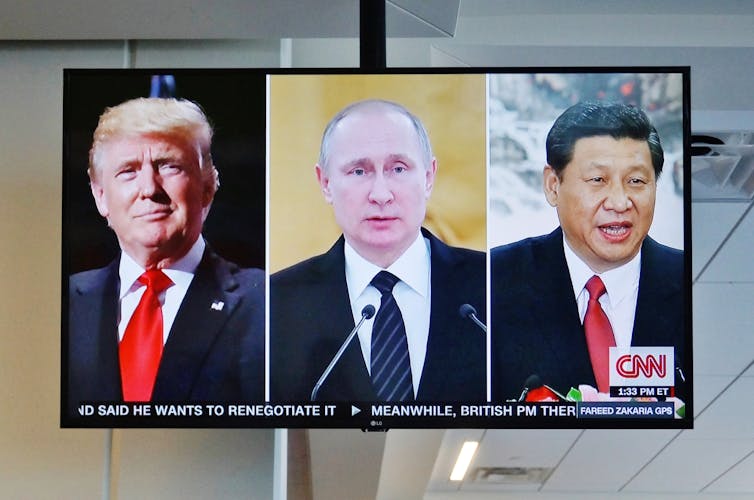
Ukraine has much to lose
Randall Schweller, a professor of political science at Ohio State University in the US, wrote in 2018 that “Trump’s transactional approach to foreign relations marks a US that is less interested in managing its long-term relationships than in making gains on short-term deals … even at the expense of longstanding allies.”
This approach to negotiation comes out in the way Trump – a billionaire businessman – thinks about commercial negotiations. In an article from 2019, Harvard University’s Eugene B. Kogan wrote that Trump aims to offer a “structured choice in negotiations: either accept his offer or face his unpredictable ire. Accepting Trump’s offer often puts the other parties in his debt, and he can be expected to threaten retribution if they do not reciprocate.”
Ukraine may end up being under the most pressure to agree to Trump’s terms as it has the most to lose. Should Russia withdraw its troops today, there would be a political loss for Putin given the number of soldiers who have died and the fact he has nearly exhausted the country’s financial reserves. But this could be managed through the Russian state’s strict control of the media and dissent.
Ukraine, on the other hand, is seeking territorial integrity and security assurances through access to Nato. This puts Ukraine at direct odds with Russia in any negotiations. We shall soon see what a coercive negotiator like Trump can do to change the positions of either.
David J. Galbreath has received funding from the ESRC and AHRC.
This article was originally published on The Conversation. Read the original article.
